Description
Rhodes grass, scientifically known as Chloris gayana, is a tropical and subtropical grass species commonly used for forage in pastures and hay production. It is known for its high nutritional value and palatability for livestock. The content of Rhodes grass can vary depending on factors such as soil conditions, climate, and maturity of the plant. Here are some general characteristics of Rhodes grass:
1. Nutritional Composition:
– Protein: Rhodes grass is known for its relatively high protein content, making it a valuable forage option for livestock.
– Fiber: It contains moderate levels of fiber, including both soluble and insoluble fiber.
2. Minerals:
– Rhodes grass typically contains essential minerals such as calcium, phosphorus, magnesium, potassium, and trace minerals. The exact mineral content can vary depending on soil conditions.
3. Vitamins:
– It may contain various vitamins, including vitamins A and E, but the levels can be influenced by factors like plant maturity and growing conditions.
4. Energy Content:
– Rhodes grass is a good source of energy for livestock due to its moderate to high digestibility.
5. Water Content:
– The water content of Rhodes grass is relatively high, especially in fresh forage. Hay made from Rhodes grass will have a lower water content.
6. Anti-Nutritional Factors:
– While Rhodes grass is generally a nutritious forage, like many plants, it may contain some anti-nutritional factors. These can include oxalates, which may interfere with calcium absorption and contribute to the formation of oxalate crystals.
7. Maturity Impact:
– The nutritional content of Rhodes grass can change as the plant matures. Generally, younger, leafier plants have higher protein content and are more digestible compared to more mature plants with more fibrous stems.
It’s important to note that the nutritional composition of Rhodes grass can be influenced by factors such as climate, soil quality, and management practices. For precise information on the nutritional content of Rhodes grass in a specific region or under certain conditions, it is recommended to conduct a forage analysis. This analysis provides detailed information on the nutritional profile, allowing for better-informed decisions regarding its use in animal nutrition.


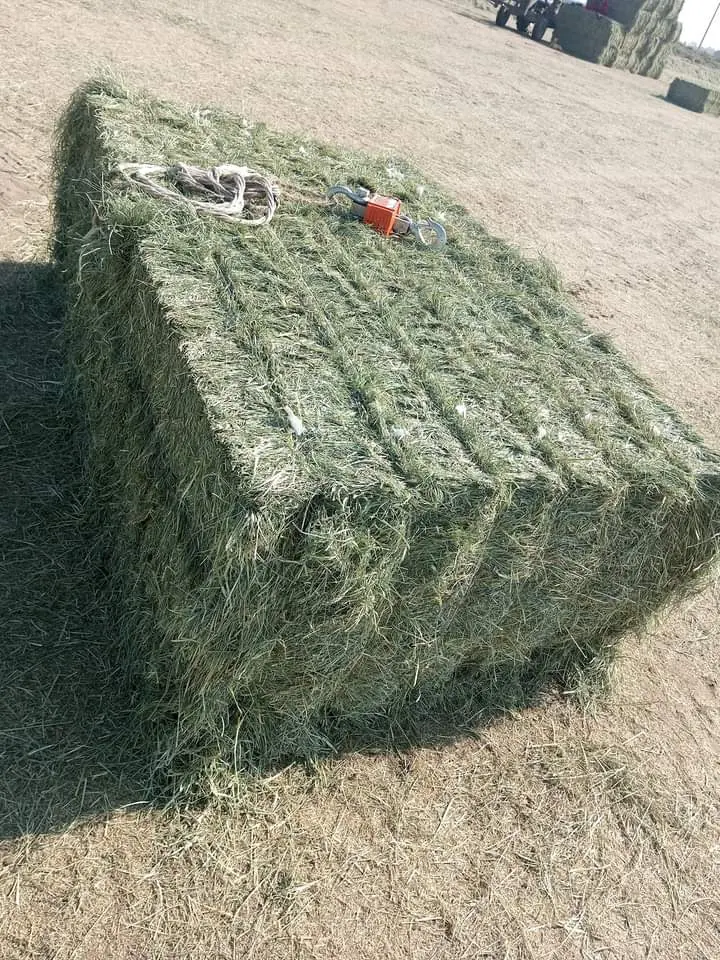
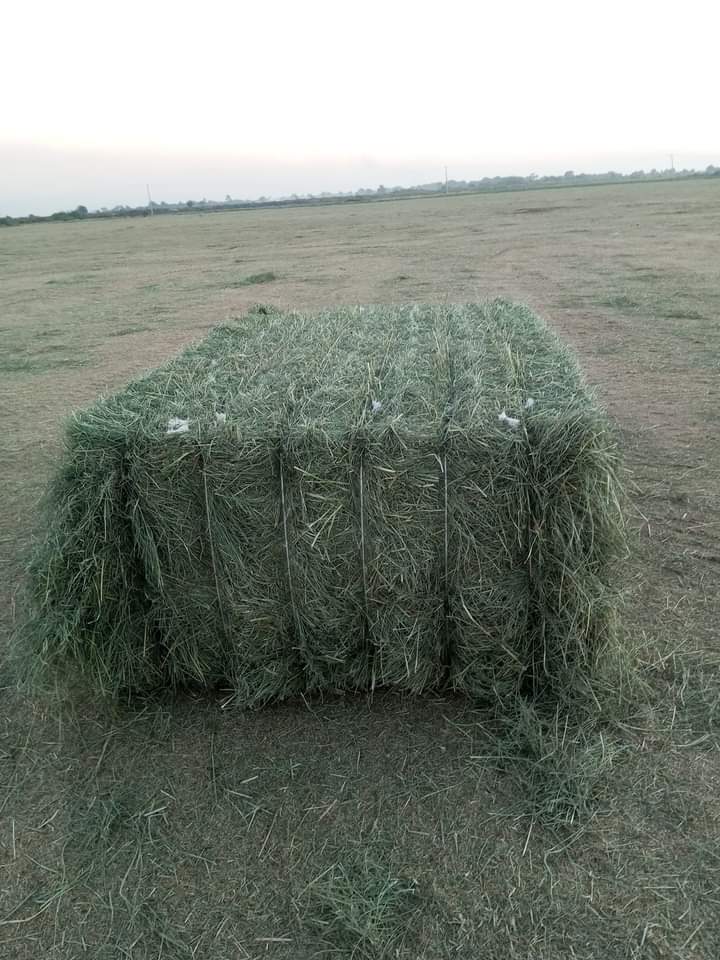
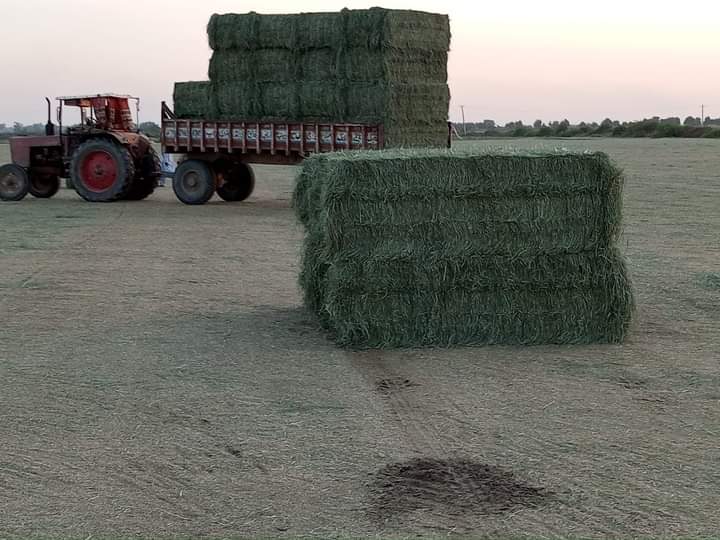
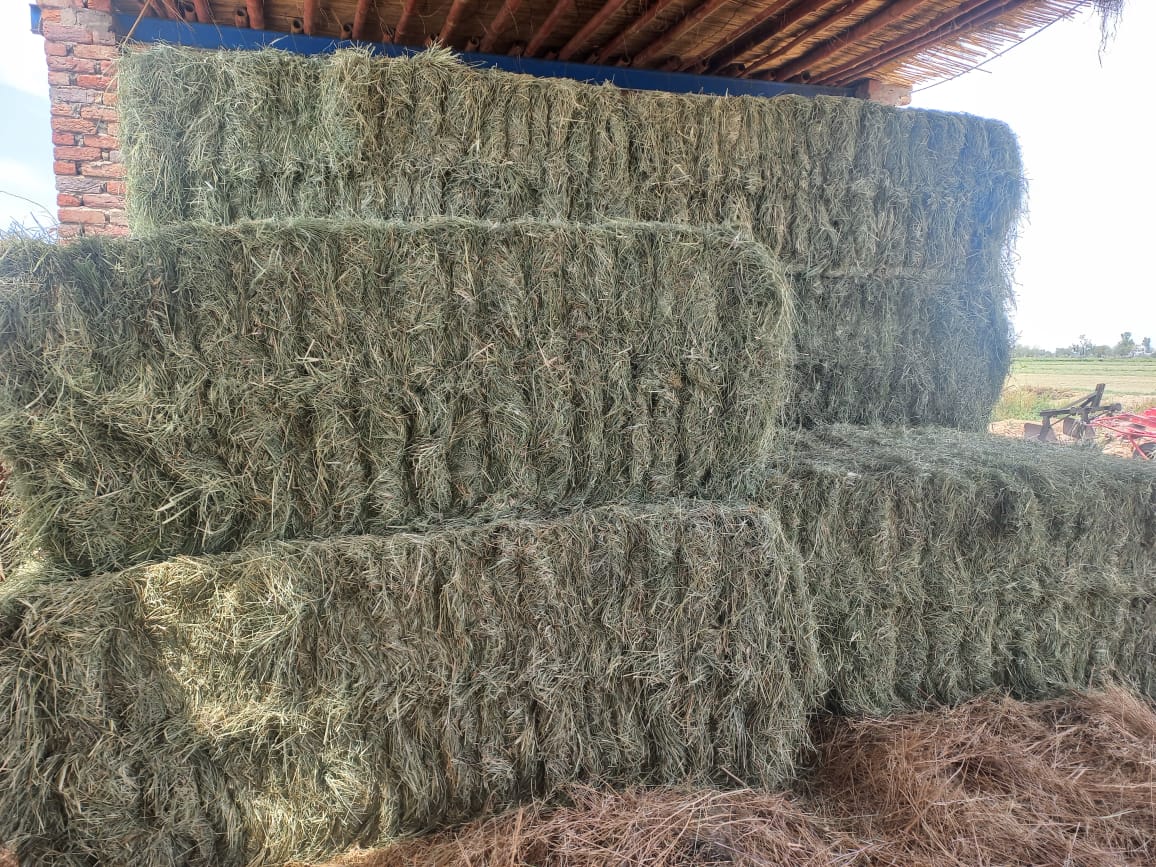
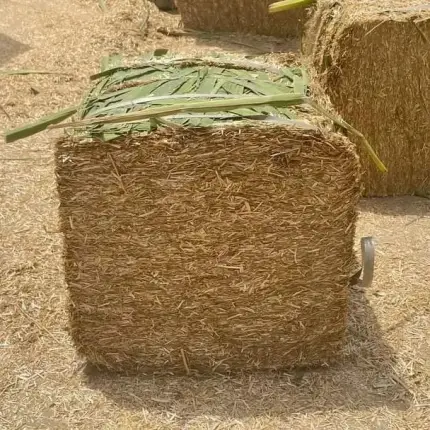
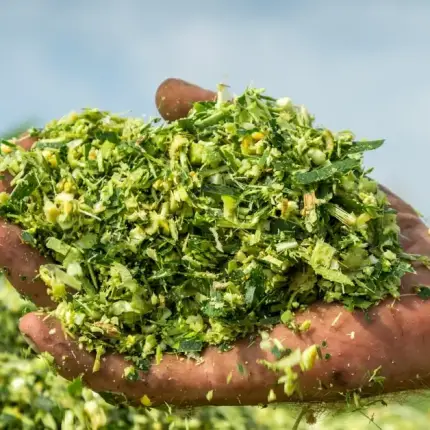

Reviews
There are no reviews yet.